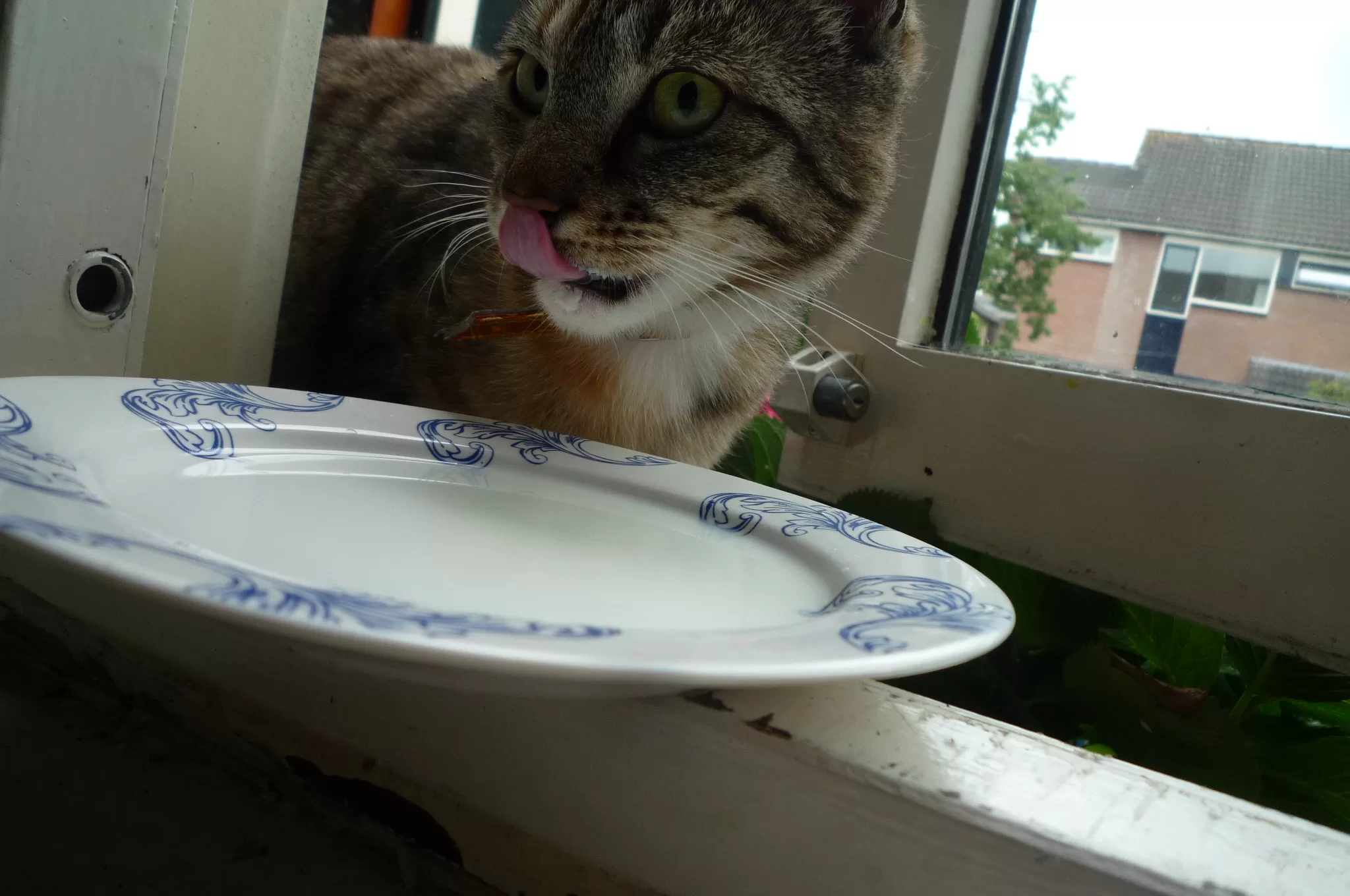A good friend of mine is very concerned with his health. He juices carrots, goes to yoga, and once visited a shaman. He pointed out that humans are the only species that drink milk into adulthood. He doesn’t consume milk, he said, because it isn’t natural to drink it.
At the time, I didn’t have any response to that. Thanks to the internet, however, and European research, I can answer him in my head ex post facto. It turns out that milk, in fact, has been a natural and integral part of human evolution for most of our existence.
Studying lipid deposits on ancient pottery ruins suggests that the first dairy farmers began around 9,000 BC (during the Neolithic era) in what is now present day Iran and Turkey. (Europeans were still hunter-gatherers at this point, and would need another couple millennia before they became farmers.) Humans, like most mammals, were lactose intolerant after childhood because their bodies didn’t expect to have to digest milk once they matured. That was not a problem for those early dairy farmers in the Near East, since they mostly turned the milk from their goats, sheep, and cattle into yoghurt and cheese. It was too hot to store fluid milk, and without any way to keep it cool it would have spoiled quickly.
The LeCHE project, standing for Lactase Persistence in the Early Cultural History of Europe, is a research initiative funded by the European Union to trace how it is that we (humans) became enthusiastic milk drinkers. According to them, the story of milk starts circa 5,500 BC, when the Near East dairy farming population began to migrate into Europe. The cool, wet conditions they ran into made it harder for them to grow crops, but the availability of grass allowed them to use cows to turn the landscape into food.
According to the LeCHE group, these dairying migrants ran into an indigenous group near Lake Balaton in modern-day Hungry. This local population happened to have a large percentage of the genetic mutation that produced the enzyme lactase (allowing them to digest the milk sugar lactose, and therefore drink fluid milk). The Near East travellers interbred with this group, bringing with them their dairy farming knowledge. Because the mutation for lactase was dominant, many of their offspring could drink milk. Fluid milk suddenly became part of the human diet.
The gene for lactose tolerance was heavily selected for in evolution and spread quickly through Europe, since having the mutation made it 10% more likely that you would survive to be old enough to have kids (and therefore pass on the gene). Because humans could increasingly drink milk, they could consume a food source (with vitamin D) before it spoiled. The cow became an important partner in human existence, as she provided sustenance throughout the year (instead of only once, when she was killed). Archeologists start seeing a lot of cow iconography on pottery and in caves dating from this period, suggesting that cattle were a pretty big deal to people back then. Many religions started worshipping the cow, and some—like Hinduism—still do it today.
It can be argued that knowing the importance of the dairy cow to mankind’s survival and evolution is yet another reason to support small farms and the type of family agriculture that still fosters a close cow-human relationship. In the same way that the first dairy farmers took the cow with them when they explored new lands, so must we take her with us in our consideration of what the future of food production should look like. Upon seeing the first milking robot in action I marveled at the advance in technology, but couldn’t help thinking that it didn’t feel like the farming that I had grown up with. In the same way, one often hears large farmers lament that they feel more like business managers and miss working with the cows directly.
The agricultural industry in the United States has put farmers on the “productivist treadmill,” forcing them to become larger and larger to meet profit margins. The result is frequent overproduction and crashes in farmgate prices—proof that the system isn’t working. Meanwhile, fewer cows are living the life suggested by the California “Happy Cow” commercials, and the price of milk that the consumer pays doesn’t drop to the extent that it does for the farmer. In the end, drinking milk may still be very natural to the human existence, but the making of it has become increasingly awkward.
With such an unsustainable situation, one has to wonder: What’s the story of milk going to look like from here on out?
This article is part of The Milk House Column series, published in print across three countries and two languages. It can also be found at themilkhouse.org.
This article appeared in a similar form in Progressive Dairyman.
Ryan Dennis is the author of the novel The Beasts They Turned Away.
(Photo: Wilbert de Groot/flickr.com/ CC BY-SA 2.0)

